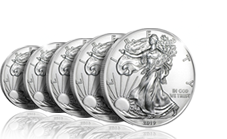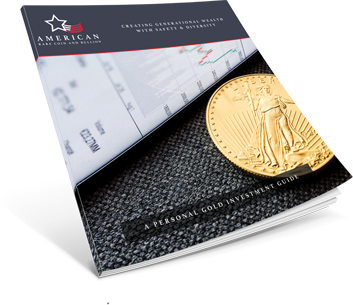


Explore our expert Investment Guides to navigate the world of precious metals with confidence. Whether you're investing in gold and silver coins, bullion, or rare American coins, our in-depth resources provide the insights you need to make informed decisions. Discover market trends, investment strategies, and the benefits of owning tangible assets to help you build and protect your wealth.

Keeping up with the latest in precious metals has never been simpler. Get your copy of our latest Gold Guide and learn how adding a precious metals IRA to your portfolio can strengthen your wealth protection strategy. Access a wealth of free resources, including reports, articles, videos, and expert insights, to help you make informed decisions — completely free of charge.
At American Rare Coin & Bullion, our clients understand the value of precious metals and expect exceptional customer service at every step. Whether they’ve left a review after purchasing their first coin or their hundredth, our customers return time and again to expand their knowledge, grow their collections, and secure their financial future with our expert guidance. Read our reviews from real gold buyers and discover why you should consider doing the same.







